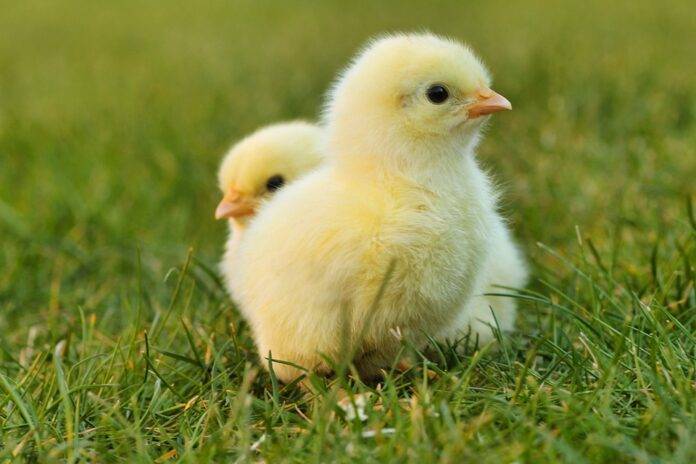Climate Change and Chicken Farming Challenges and Adaptation Strategies
Introduction
Climate change poses significant challenges to the agricultural sector, including chicken farming. Rising temperatures, changing precipitation patterns, and extreme weather events can impact chicken health, productivity, and overall farm profitability. In this report, we will explore the specific challenges that chicken farmers face due to climate change and discuss adaptation strategies to mitigate these risks while keeping costs low.
Climate Change Challenges in Chicken Farming
Extreme Weather Events
Impact on Chicken Health and Productivity
Extreme weather events such as heatwaves, storms, and floods can have a detrimental impact on chicken health and productivity. High temperatures can lead to heat stress in chickens, affecting their growth rates, egg production, and overall well-being. Storms and floods can damage farm infrastructure, leading to financial losses and disruption in chicken operations.
Financial Implications
The financial implications of extreme weather events on chicken farming can be significant. Repairing or replacing damaged infrastructure, loss of livestock, and decreased productivity can result in higher operating costs and reduced profits for chicken farmers.
Changing Precipitation Patterns
Impact on Feed Availability
Changing precipitation patterns can affect the availability and quality of feed for chickens. Droughts can lead to crop failures, reducing the supply of grains and other feed ingredients. Excessive rainfall can also impact feed quality and storage, leading to spoilage and wastage.
Increased Feed Costs
The fluctuating availability and quality of feed due to changing precipitation patterns can result in increased feed costs for chicken farmers. Higher feed costs can erode profit margins and make chicken farming less economically viable.
Adaptation Strategies for Climate Change Resilience
Improving Farm Infrastructure
Investing in Climate-Resilient Infrastructure
One of the key adaptation strategies for chicken farmers is to invest in climate-resilient infrastructure. This includes building sturdy coops and sheds that can withstand extreme weather events, installing cooling systems to mitigate heat stress in chickens, and implementing proper drainage systems to prevent flooding.
Cost Considerations
While investing in climate-resilient infrastructure may require upfront costs, the long-term benefits can outweigh the initial investment. By reducing the risk of damage from extreme weather events, chicken farmers can save on repair and replacement costs in the future.
Diversifying Feed Sources
Diversifying Feed Sources
To mitigate the impact of changing precipitation patterns on feed availability, chicken farmers can diversify their feed sources. This includes growing a variety of crops that are resilient to drought or excessive rainfall, as well as exploring alternative feed options such as insect protein or algae.
Feasibility and Cost Analysis
Diversifying feed sources may require additional investment in crop cultivation or feed processing equipment. However, the long-term benefits of having a reliable and diverse feed supply can help reduce feed costs and improve overall farm resilience.
Implementing Sustainable Practices
Implementing Sustainable Practices
Adopting sustainable practices such as water conservation, energy efficiency, and waste management can help chicken farmers reduce their environmental footprint and adapt to climate change. This includes using renewable energy sources, optimizing water usage, and recycling farm waste.
Return on Investment
While implementing sustainable practices may involve initial costs, the potential savings in energy and water bills, as well as the benefits of a more resilient farm operation, can provide a positive return on investment in the long run.
Conclusion
Climate change poses significant challenges to chicken farming, including extreme weather events and changing precipitation patterns. To adapt to these challenges and ensure the long-term sustainability of their operations, chicken farmers can implement various adaptation strategies such as investing in climate-resilient infrastructure, diversifying feed sources, and implementing sustainable practices. While these adaptation strategies may require upfront costs, the benefits of increased resilience and reduced risk can outweigh the initial investment, ensuring the continued success of chicken farming in a changing climate.




